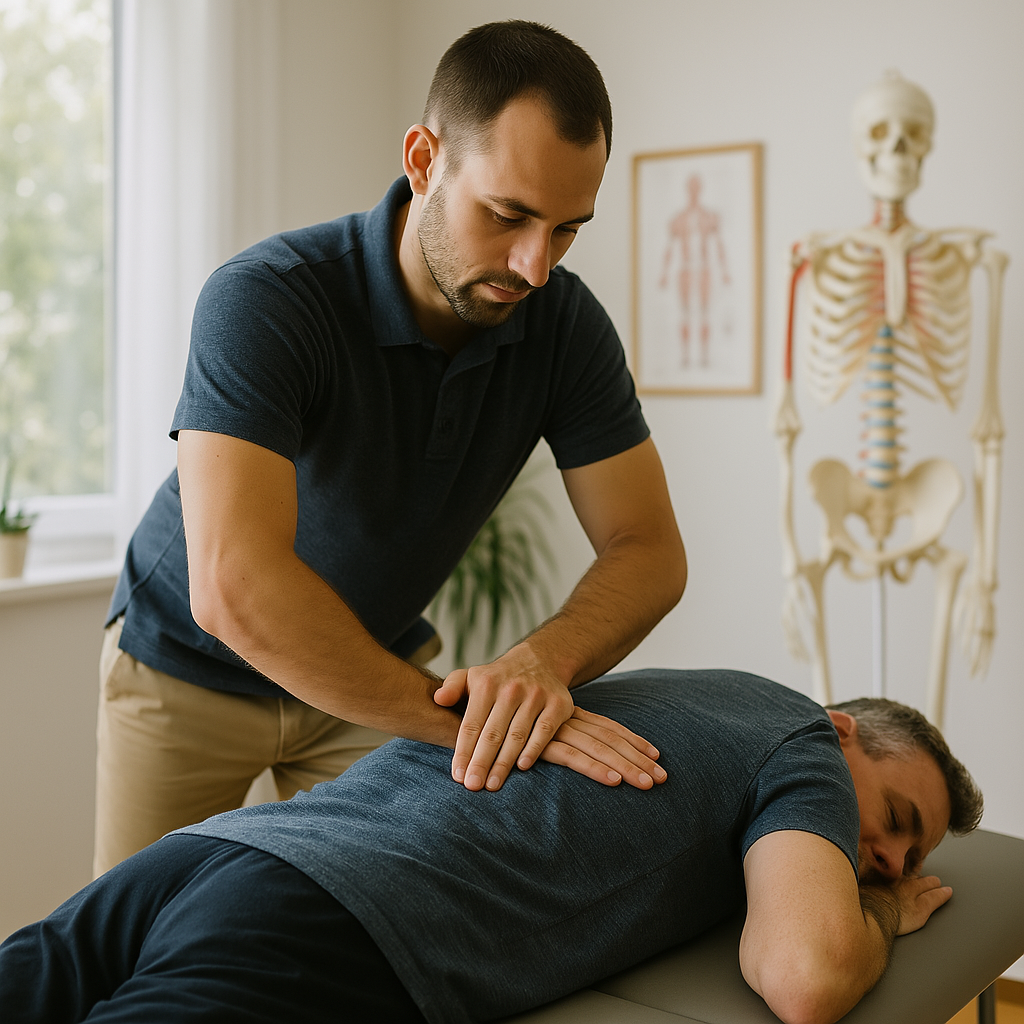
In many of Australia’s regional communities, staying active is more than a lifestyle choice—it’s a necessity. From early morning shifts on farms to local footy matches and weekend bushwalks, physical activity is woven into everyday life. But with that comes a unique set of physical challenges. Manual work, repetitive strain, and fewer healthcare options can all take a toll on the body. This is where osteopathy may play a vital, often underappreciated, role in supporting mobility, recovery, and long-term wellbeing in rural and regional areas.
As more Australians turn to preventative and holistic approaches to health, osteopathy is emerging as a trusted ally in managing the physical demands of regional living.
Understanding Osteopathy: A Whole-Body Approach
Osteopathy is a form of manual therapy that focuses on how the body’s structure affects its function. Unlike physiotherapy or chiropractic care, osteopathy takes a whole-body approach, recognising that the body functions as a single, interconnected unit. Osteopaths use hands-on techniques—like stretching, massage, and joint manipulation—to improve mobility, reduce pain, and restore balance within the musculoskeletal system.
This form of treatment is particularly well-suited to those with active lifestyles, including athletes, tradies, and anyone whose daily life involves physical exertion. It is also known for its preventative benefits, helping individuals avoid injuries before they develop into chronic conditions.
Why Regional Communities Face Unique Physical Challenges
In rural and regional Australia, physical labour is often unavoidable. From farming and mining to construction and healthcare, many regional jobs demand long hours on your feet, heavy lifting, and repetitive motions. Unfortunately, access to health services—especially those that offer early intervention or ongoing maintenance—can be limited.
An article from Namoinews on the wellbeing shift in regional communities highlights how residents are increasingly turning to alternative health practices due to gaps in local healthcare infrastructure. Osteopathy fits neatly into this growing trend, offering a practical and accessible solution to managing pain and preventing injuries for people who can’t always take time off work or travel long distances to see a specialist.
How Osteopathy Supports an Active Lifestyle
Osteopathy isn't just about treating back pain—although that's certainly a common reason people seek it out. It also helps with:
-
Sports injuries: Common in regional areas where community sport is a big part of social life.
-
Work-related strain: Particularly for those in physically demanding jobs like agriculture, building, and nursing.
-
Postural issues: Often seen in people who drive long distances or use machinery.
-
Stress and fatigue: Osteopathy supports nervous system regulation, which may ease physical tension tied to mental strain.
For example, a farmer dealing with recurring lower back pain from lifting hay bales may benefit from osteopathic treatment that not only addresses the pain but also improves body mechanics to reduce future strain. A nurse experiencing chronic neck and shoulder tension from long shifts may find relief through soft tissue manipulation and posture correction techniques.
Supporting Recovery in Rural Sport
Community sport is central to life in many regional towns. Whether it’s local rugby, cricket, or netball, these activities are more than just games—they’re social touchpoints and community glue. But they also bring the risk of injury, particularly when players don’t have easy access to recovery services.
An article on Namoinews detailing concerns from local tradies about recovery options underscores the need for solutions like osteopathy that can be accessed locally or with fewer barriers. Osteopathy provides both injury treatment and guidance on movement strategies to prevent re-injury, helping players stay in the game longer and recover more efficiently.
Where to Access Osteopathy Support
While access to osteopaths may still be limited in some rural areas, more regional Australians are beginning to find services that cater to their needs—especially those that combine performance-focused care with individualised treatment plans.
For those looking for targeted support, Osteopathy with Delta Sports Therapy may offer an effective and evidence-informed approach to addressing musculoskeletal issues. Their focus on sports recovery, postural optimisation, and long-term mobility aligns well with the needs of active individuals across regional and suburban Australia. They also understand the demands of daily life, helping patients move better without needing to give up their routines.
Long-Term Benefits for Regional Australians
One of the greatest benefits of osteopathy is its preventative focus. By identifying imbalances early, osteopaths may help individuals avoid more serious injuries and chronic pain later in life. This is especially valuable in rural settings, where taking time off work to recover or travelling long distances for treatment may not always be practical.
A recent article from Namoinews, “Staying Active After 50: Why Movement Matters in Rural Australia”, highlights the importance of maintaining physical activity into older age. Osteopathy supports this by addressing common mobility concerns like joint stiffness, muscular tension, and balance issues—making it an ideal choice for older adults who want to remain independent and active in their community.
Final Thoughts
As life in regional communities continues to evolve, so too does the way people approach their health. Osteopathy offers a versatile, practical, and personalised solution for those looking to stay active, manage pain, and prevent injuries—whether they’re working on a property, chasing after grandkids, or playing weekend footy.
By embracing early intervention and movement-based care, regional Australians may reduce downtime, boost their resilience, and continue doing what they love for longer.
For those curious about how osteopathy may support their own lifestyle, exploring options such as Osteopathy with Delta Sports Therapy could be a valuable first step in staying strong, mobile, and well—no matter where you live.